A few weeks ago, I informed my readers that an opportunity presently exists. For a start, as a means of taking a small position in copper "bullion," you can begin to accumulate copper pennies. Copper is practically guaranteed to rise, riding upon the same tailwind that is currently causing silver and gold to fly. Massive excess liquidity created by the Fed's quantitative easing will soon cause the price of base metals to soar as well. Although only an ominous spectre at this moment, a rising tide of hyperinflation may soon lift all boats.
As I testified in an earlier piece, How to Invest in Copper as Bullion, copper pennies minted prior to the year 1982 consist of 95% copper, 5% zinc. Thus, for a short while, those who are alert to this opportunity - and capitalize on it - should be able to accrue the same benefits, albeit on a much smaller scale, as someone having the advantage of greater net worth could gain through speculating on copper as a commodity by securing physical metal by the ton. It requires some industry, but the result will someday be worth the effort invested now.
Perhaps I should have entitled this piece The Descent of a Cent, but I felt like employing a pun. What am I referring to when I mention descent? I'm alluding to acting quickly while the chance exists. The window to exploit this opportunity is gradually, by degrees, sliding shut. The question is, if billions of copper pennies are now circulating, how could any factor possibly threaten our ability to harvest them? Over 100,000,000 billion of the Lincoln Memorial cents have disappeared already. What happened to them?
From Wikipedia we learn about Gresham's Law. That theorem asserts that "bad money drives out good." Gresham's Law has oft-times been tested and proven valid since it was first postulated. In practice, any circulating currency consisting of both "good" and "bad" money - both forms are required to be accepted at equal value under legal tender law - quickly becomes dominated by the "bad" money. This is because people spending money will hand over the less valuable "bad" coins, rather than relinquish the "good" ones.
An example of this occurred beginning in 1965, after the United States Mint stopped production of 90% silver-content coins. Subsequently, base metal clad coins came into circulation. People inherently understood that those previous coins had been comprised of silver, a noble metal. Each coin had a higher intrinsic worth than the value of the base metal clad coins that followed. The pre-1965 coins rapidly disappeared from commerce. By 1968 they had become scarce. That same principle is beginning to affect copper cents now.
This week I was reading on Realcent, a forum on which I occasionally participate. On Realcent, real names are abandoned in favor of pseudonyms. It was there where I encountered a question posing an interesting query. What has happened to eighty percent of the copper pennies? This inquiry pertains to the percentages of "good" copper cents to "bad" zinc pennies encountered in circulation in various regions of the country. An approximate estimate of this percentage proves to be roughly twenty percent, hence the basis of CopperCatcher's question.
That twenty percent is an arithmetical median. The mode can display variation ranging from perhaps as low as fifteen to as high as thirty-three percent. This, of course, is dependent on multiple variables which impact the total. The aforementioned percentage is constantly diminishing, although at the present rate, rather imperceptibly. Attrition is taking its toll on the cent. Why? Only about thirty eight percent of all that the copper Lincoln cents that have ever been made remain in circulation. What would cause the loss of so many cents from circulation in only a thirty year period?
In response to this question, the following opinion was offered by Jadedragon, one of the contributors. An administrator of the site, he is a prominent spokesperson promoting the potential of base metals as an investment vehicle to eventual wealth. Sounding the clarion call, his credentials include several step-by-step instructional eHow articles he has written. Advocating how lucrative accruing nickel and copper coins could become places him at the vanguard of this tiny, but emerging, movement.
This is what he suggests. I find it to be credible reasoning offering an explanation in part for the gradual disappearance of these copper cents from circulation. Jadedragon addresses the question with a many-pronged response. To say that what follows is paraphrased would be disingenuous. His seminal remarks proved germinal to me, inducing tangents upon which I shall embark. Reading the interplay of responses on the Realcent forum stimulates new ideas for me to write about. That's one of the reasons I like posting there.
I want to emphasize the existence of this commodity opportunity, and periodically reiterate the basics for someone who might be new to the subject. But, as a writer, it's not a simple task to present the same material, week after week, from a fresh perspective. The birth of today's subject was assisted, so to do justice, I need to give credit where credit is due. Thanks, Jade, you've got some great ideas. The presentation which follows is an amalgam of our thoughts, an intermingling of our words. To see his original comments please access this link: realcent.forumco.com/topic~TOPIC_ID~12301.asp.
All of the following factors, to some extent, contribute to the diminution of the copper cent census. The moment coins get into circulation they start dropping out of circulation at a rather predictable rate, one that might be calculated with fair accuracy. Of the 171 billion copper Memorial cents ever produced, only about sixty six and a half million remain in circulation. It's been said that a good number of pennies never make it past their first or second transaction.
Coins drop out of circulation for any number of reasons which can include the following; they may be lost, kept, or demolished. Those kept would include the category of hobbyists who purchase or discover pennies - of numismatic value or consequence - who subsequently keep them. The Mint estimates that coins should last thirty years, but aside from their durability there are other factors which threaten their existence.
Assisting in the quarantine of such cents are those who have already - in the last few years - begun to stockpile them in anticipation of a price rise. As rapidly as they can obtain them, sifting the copper out by hand inspections or with the assistance of a machine like a Ryedale, they are pulling these coins aside. Finally, many people unwittingly tend to accumulate large numbers of pennies at home, perhaps tossing their pocket change each evening into a receptable designated for that purpose.
Pennies lost could incorporate those cents that are dropped in the street, roll into gutters, fall out of swim trunks and are lost at the beach, etcetera. Most people who drop such a coin don't want to bother to pick it back up, reasoning "it's just a penny." That's likely one reason you see so many laying about on the ground. Such instances have contributed to the rise of a fun hobby; metal-detecting. You may even have witnessed - in bewildered wonderment - teeming swarms of wanderers, wielding metal-detecting wands, recklessly wending routes about the wilderness.
Other pennies are lost to well-wishers who might toss these hapless cents (they can't swim and sink like a lead weight... no, better make that copper) into fountains for good luck. They are also inadvertently smuggled - by the purse and the pocketful - out of the country by travelers; witness their own coins (i.e. Canadian) circulating within our own borders. It's surprising how many foreign copper coins you will discover in your change if you persist in examining it. A good percentage of our own cents will probably never get repatriated.
Cents can be destroyed. They may be run over by cars and horribly abraded. They may be bent, but then who's ever heard of a bent copper? They may be marred, mauled, maimed, or mangled. The Mint will remove such mutilated cents from circulation, whereupon they are eradicated so that vending machine mechanisms are not damaged. They may become so corroded that they become brittle and decrepit, and bluish-green verdigris may deposit on their surfaces making them so unattractive you don't even want to handle them. Such coins could wind up in the dumpster.
These irrecoverable, lost cents may be damaged in other ways. Mischievous brats, I mean kids, smash them with hammers. They place them on railroad tracks to be smashed by locomotives and rolling freight cars, then squeal with glee at the carnage. There even exists a cottage industry of elongated oval coins which have been machine-flattened, simultaneously embossing sage script. Aren't these flatinem coins considered bullion too?
Finally, and inarguably permanently, cents are melted for their copper value. A dubious practice for sure, as it is illegal. Nonetheless, urban legends bandy the existence of small-scale copper cent smelting operations both here at home and abroad. Some do it. Browse Youtube and you can find videos of people melting coins. I think that's too much trouble and, personally, the deterrent of incarceration and a fine is enough to convince me that the small profit wouldn't be worth it.
Through attrition, the gradual loss of existing coins leads to a decrease in their number. Then, on an annual basis, the mass-production - of as many as six billion newly-created zinc pennies - may enter circulation. This combination of attrition and dilution leads to a daily progressive incremental decrease, albeit infinitesmal, of the remaining percentage of pre-1982 copper cents encountered. Your stake is being claim-jumped by others, and the longer you wait to mine, the remaining ore will be harder to retrieve.
One could probably calculate with precise exactitude the rapidity with which this declining resource is vanishing, but to what end? If say, one had Stephen Hawking handy, or John Nash was present, they might have an astute observation ready to offer. Nash was portrayed by Russell Crowe in the movie A Beautiful Mind. The main character in the plot, a troubled mathematical genius, he struggles to overcome the affliction of schizophrenia. That battle waged, Nash later wins a Nobel Prize in Economic Sciences.
If we had the firepower of brain cells like that, we could figure out how long we have before The Copper Rush begins. But really, what difference does it make? Regardless of the reasons, the aforementioned rationale argues that our opportunity is limited, comparable to a ninety-day warranty. Exceed the time frame that was guaranteed, and no one can promise that you'll be able to get your money back. And that, to me, sounds like a sure case of throwing your money out the window, "good" after "bad."
Buy Silver. Buy Gold. Save Copper. Start Now.
Thursday, November 19, 2009
Subscribe to:
Post Comments (Atom)



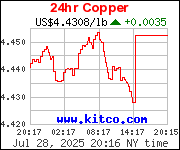


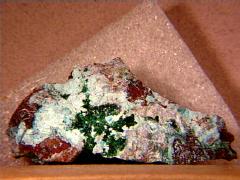

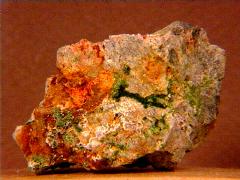
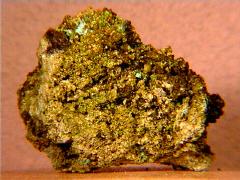
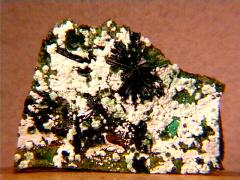
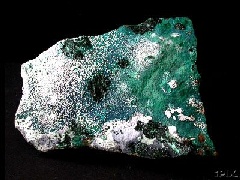


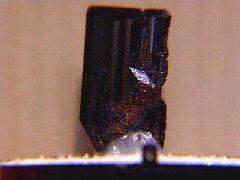
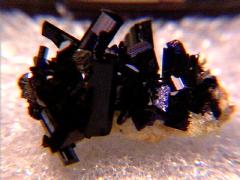
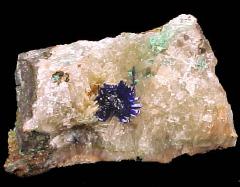


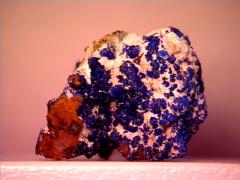






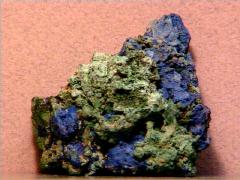

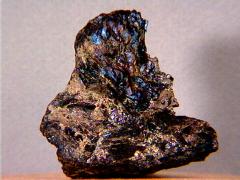




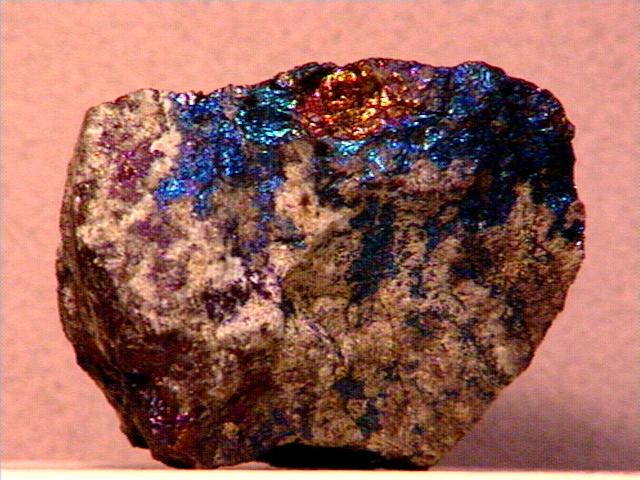


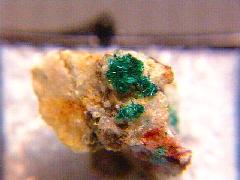
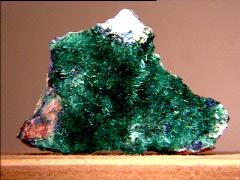






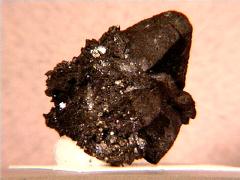
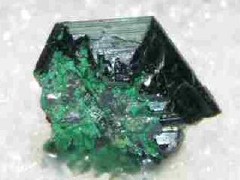
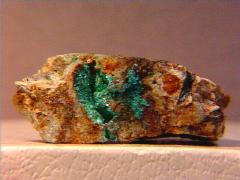

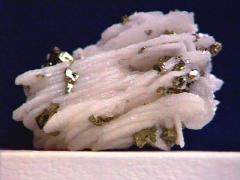
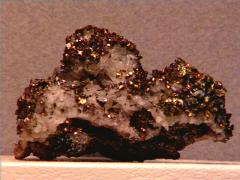

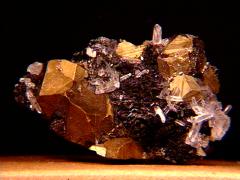
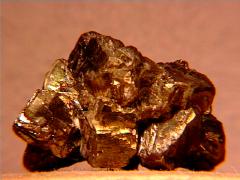




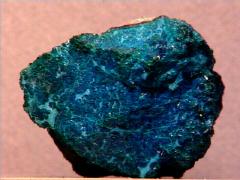
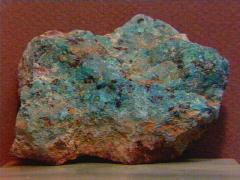


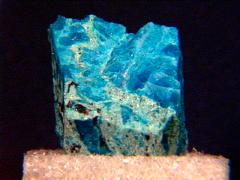
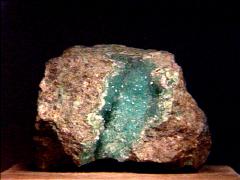
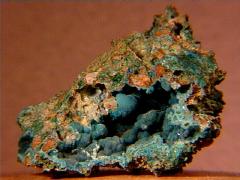
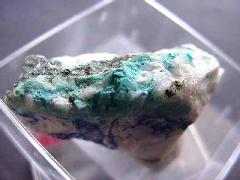
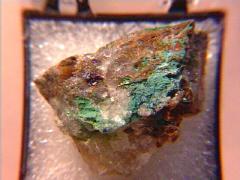
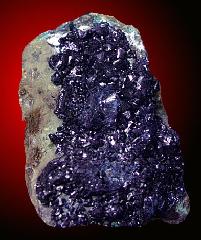
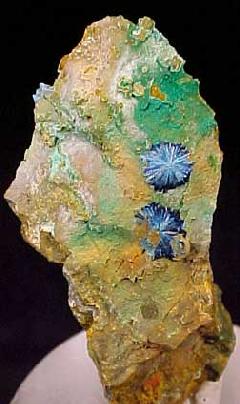
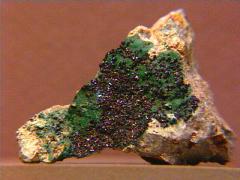

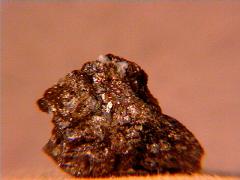
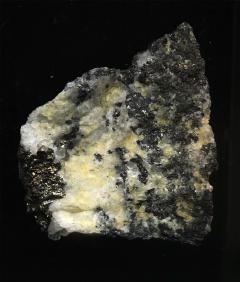



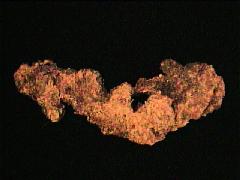


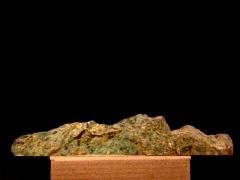



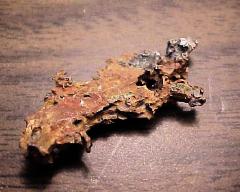
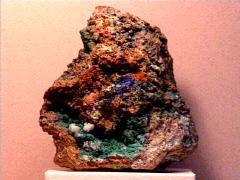


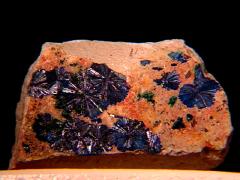
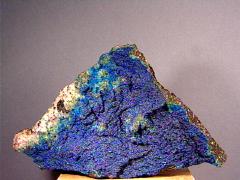

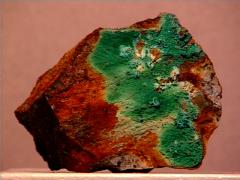


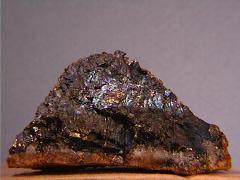
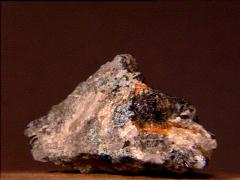


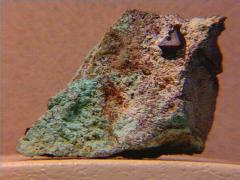


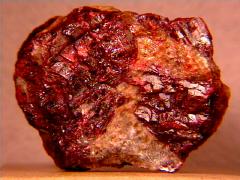
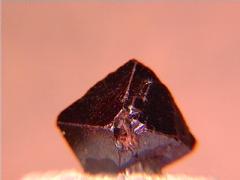

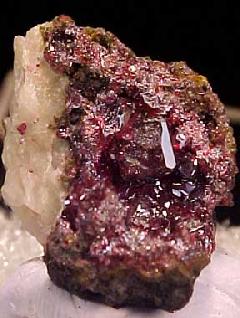


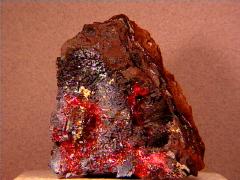


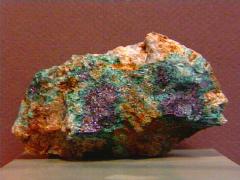

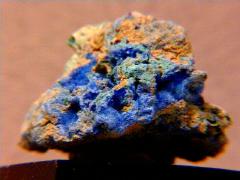

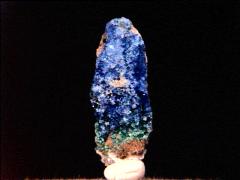




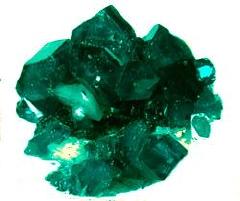



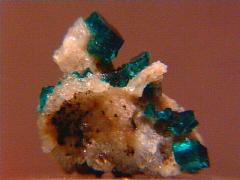








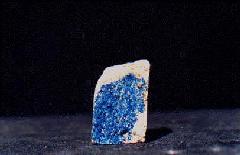


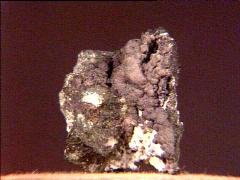
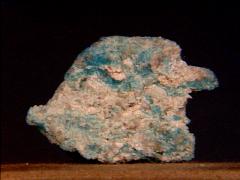
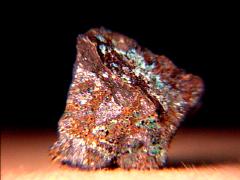





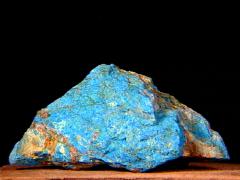

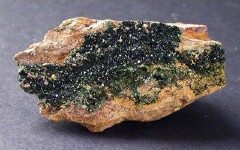


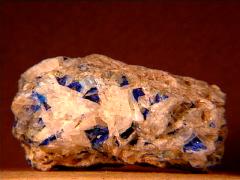
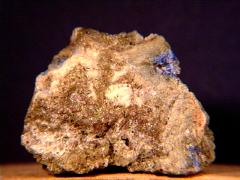


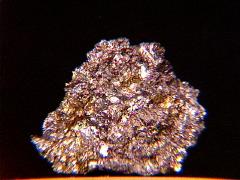
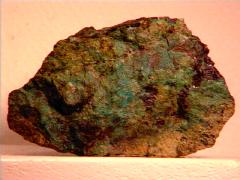
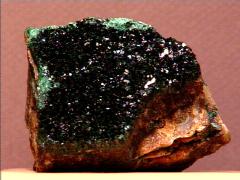
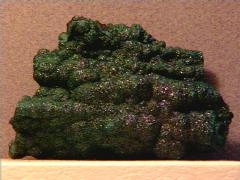




No comments:
Post a Comment